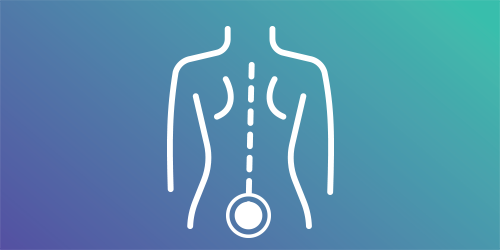

Did you know that Podiatry can provide relief if you are experiencing lower back pain? The reason podiatry is effective is because the science of podiatry works with the positioning of the feet. When your feet move, it causes a chain reaction through the body including the lower back. Frequently, back pain is caused by malalignments within the feet, and between the feet and ground. Because Podiatrists are the health professionals specialised in lower limb biomechanics, we are able to help by assessing and treating these malalignments. There are a variety of orthotic treatment options to address these malalignments.
If your lower back pain is causing you concern, you may need to book an appointment for a Lower Limb Musculoskeletal Assessment. This Assessment is a series of clinical tests to determine the underlying cause of the pain and discomfort you are experiencing. At the end of the assessment, our Podiatrist will give you a treatment plan which may include:
- Anti-inflammatory tablets
- Cold presses or ice packs
- Massage
- Muscle Strengthening Programme
- Prescription Orthotics
- Stretching Exercises Programme
- Shoe Recommendations
